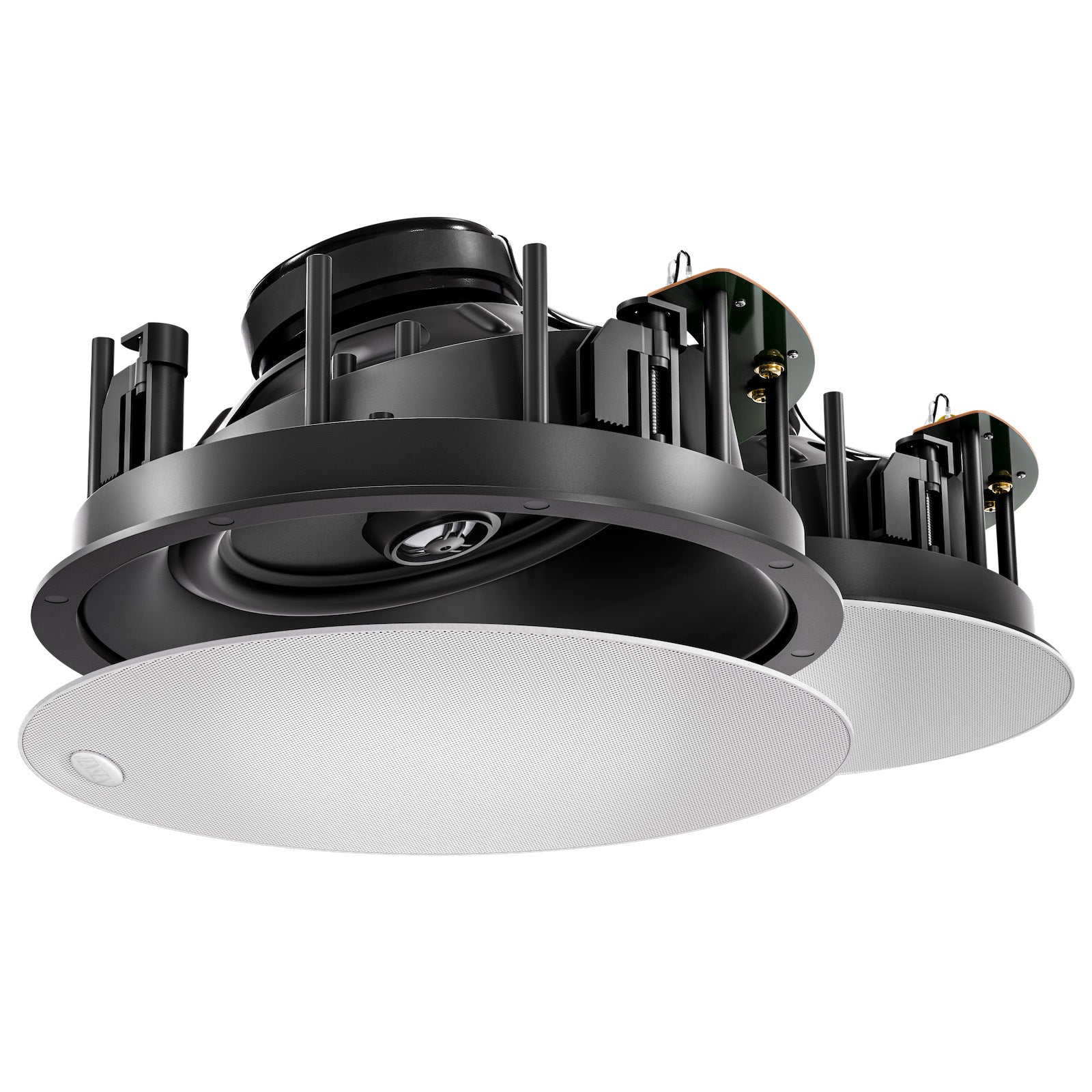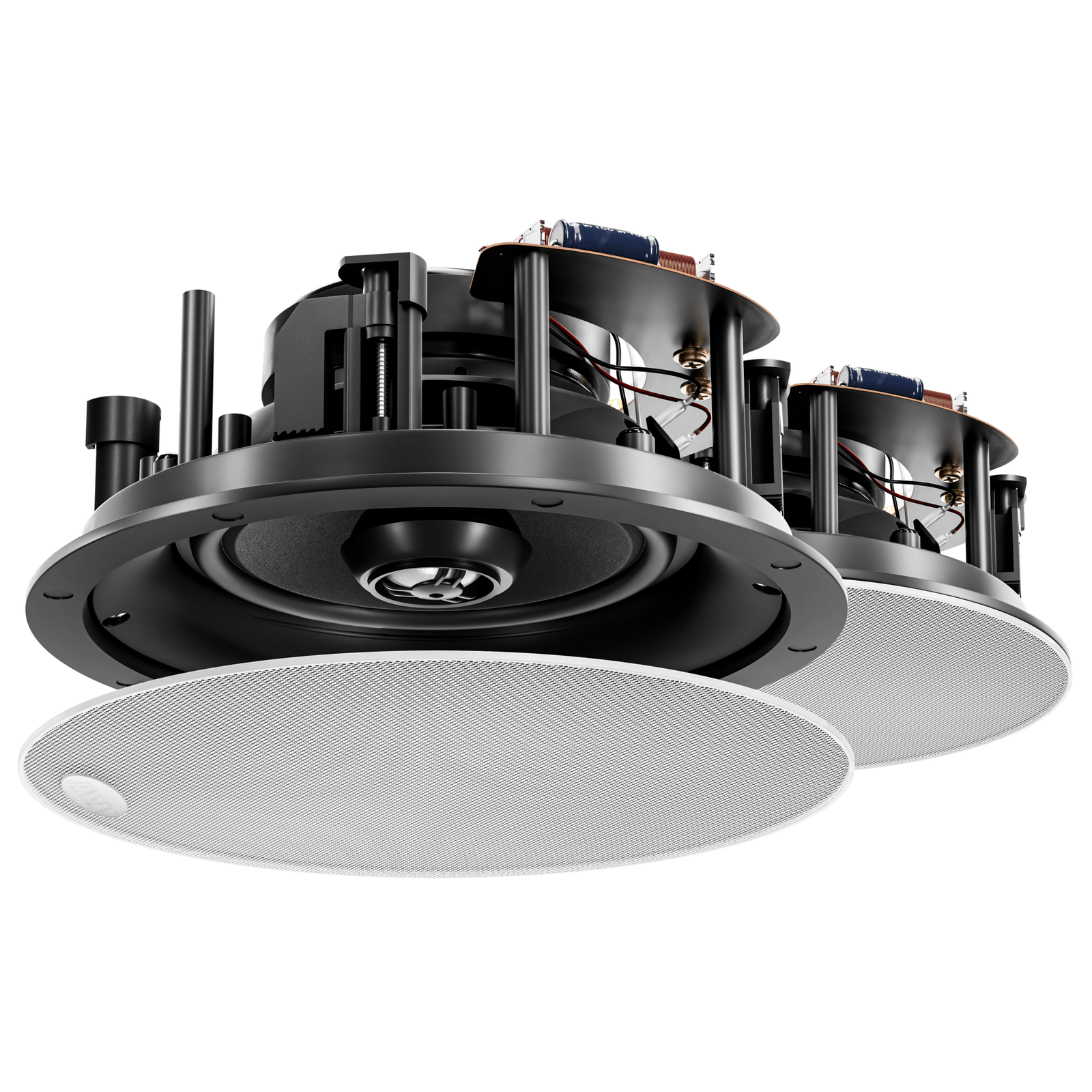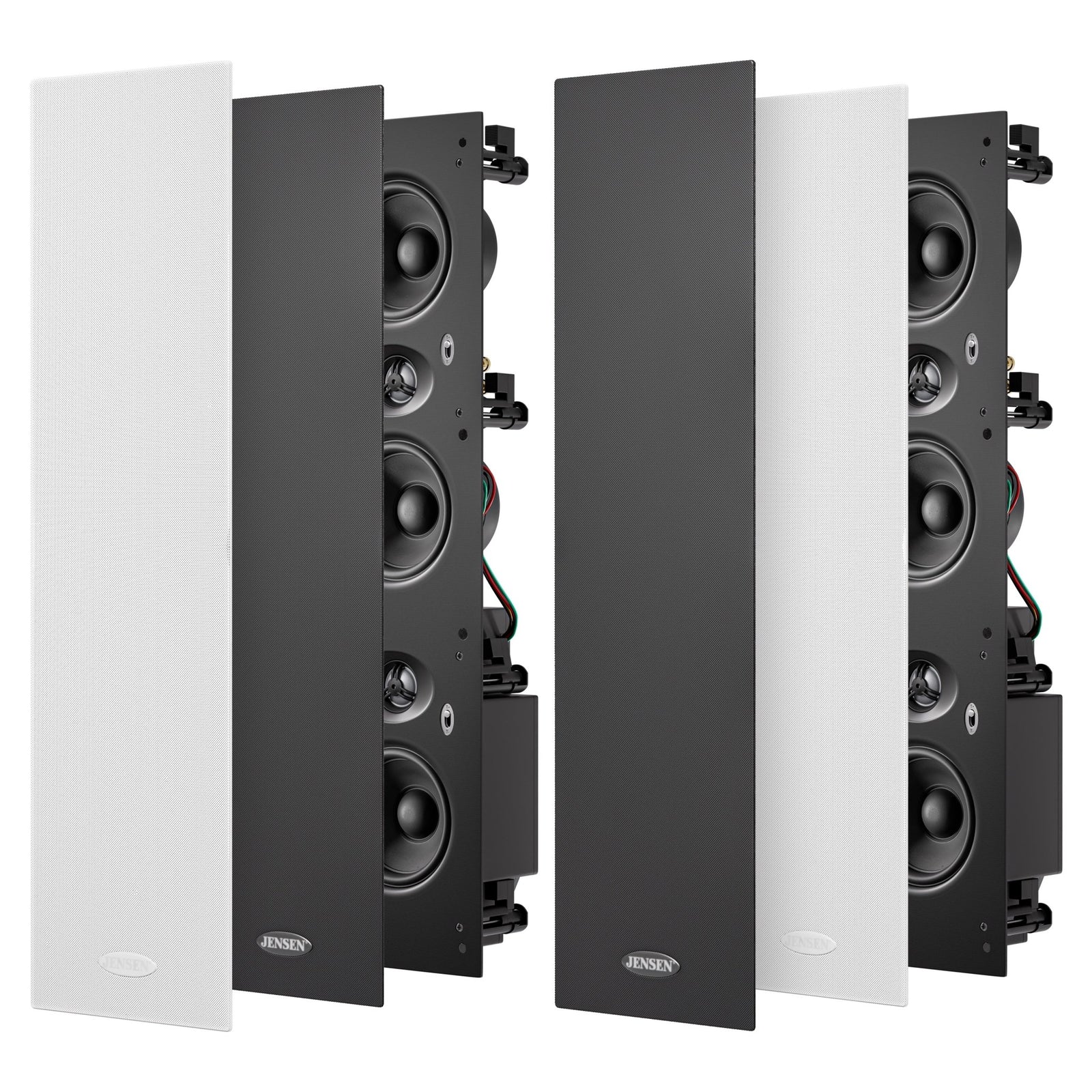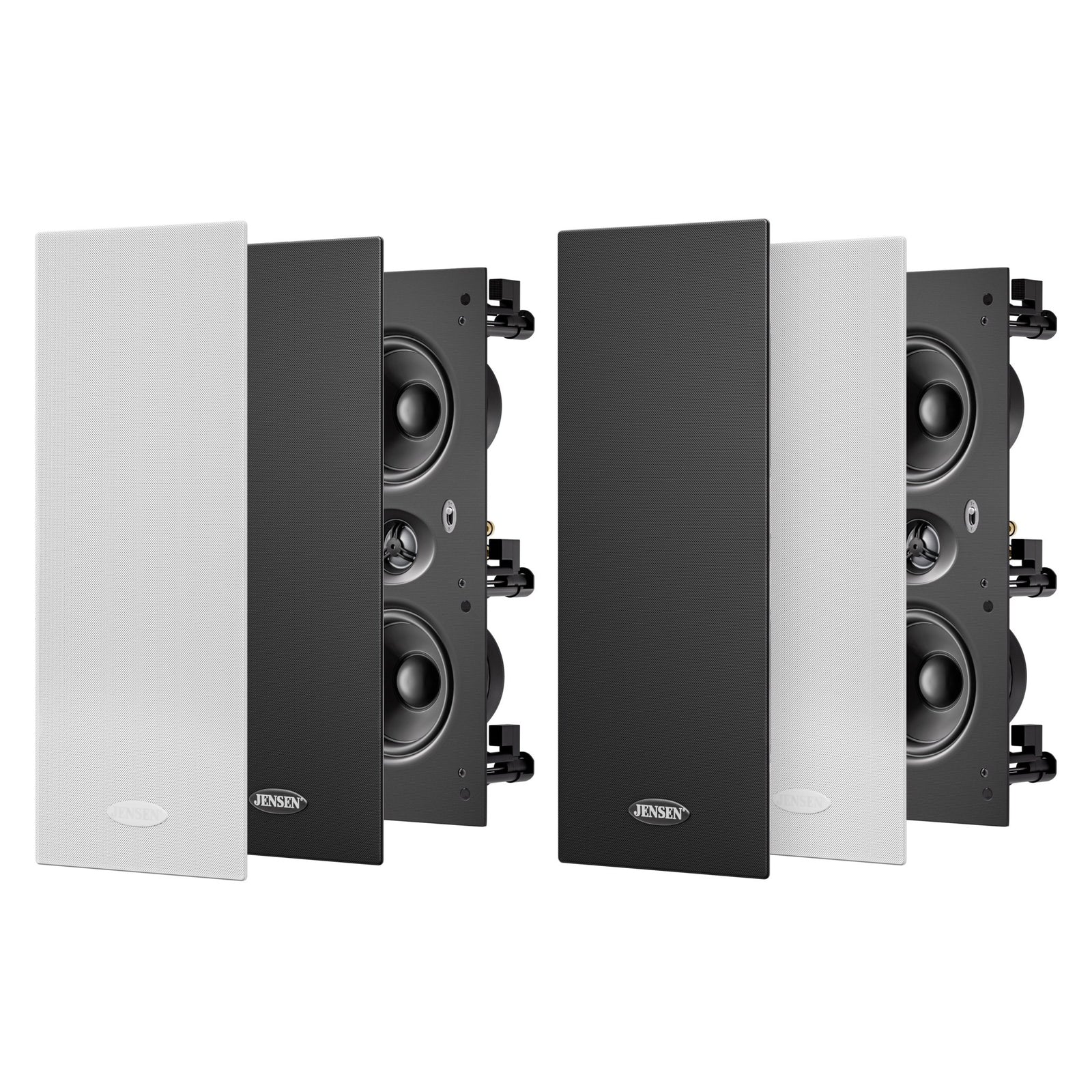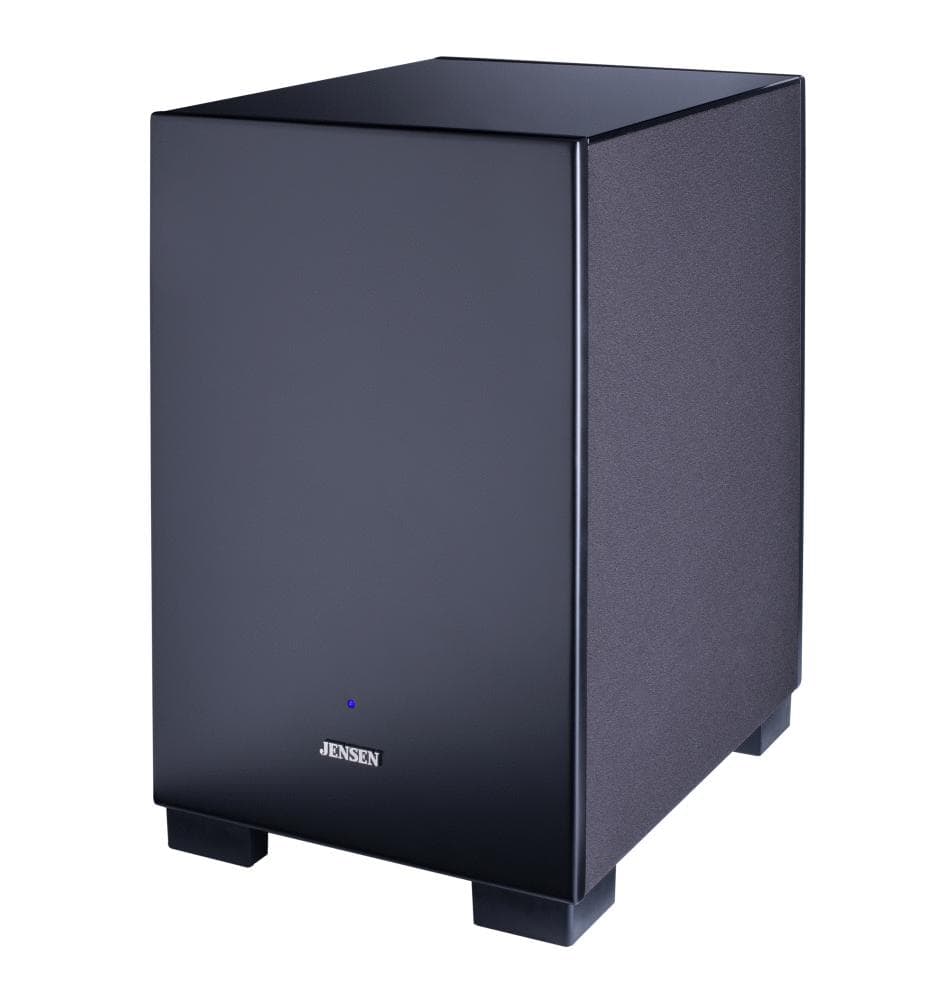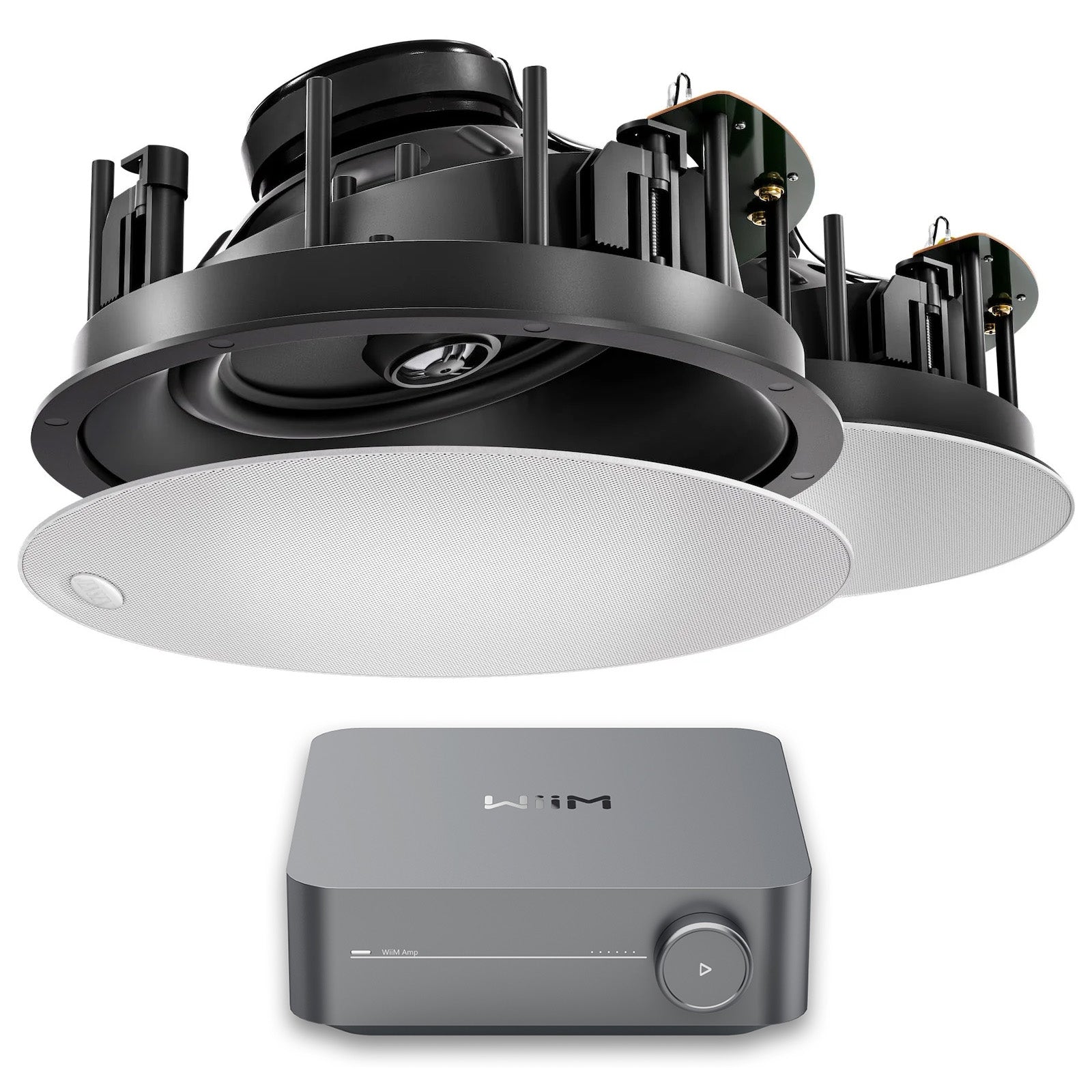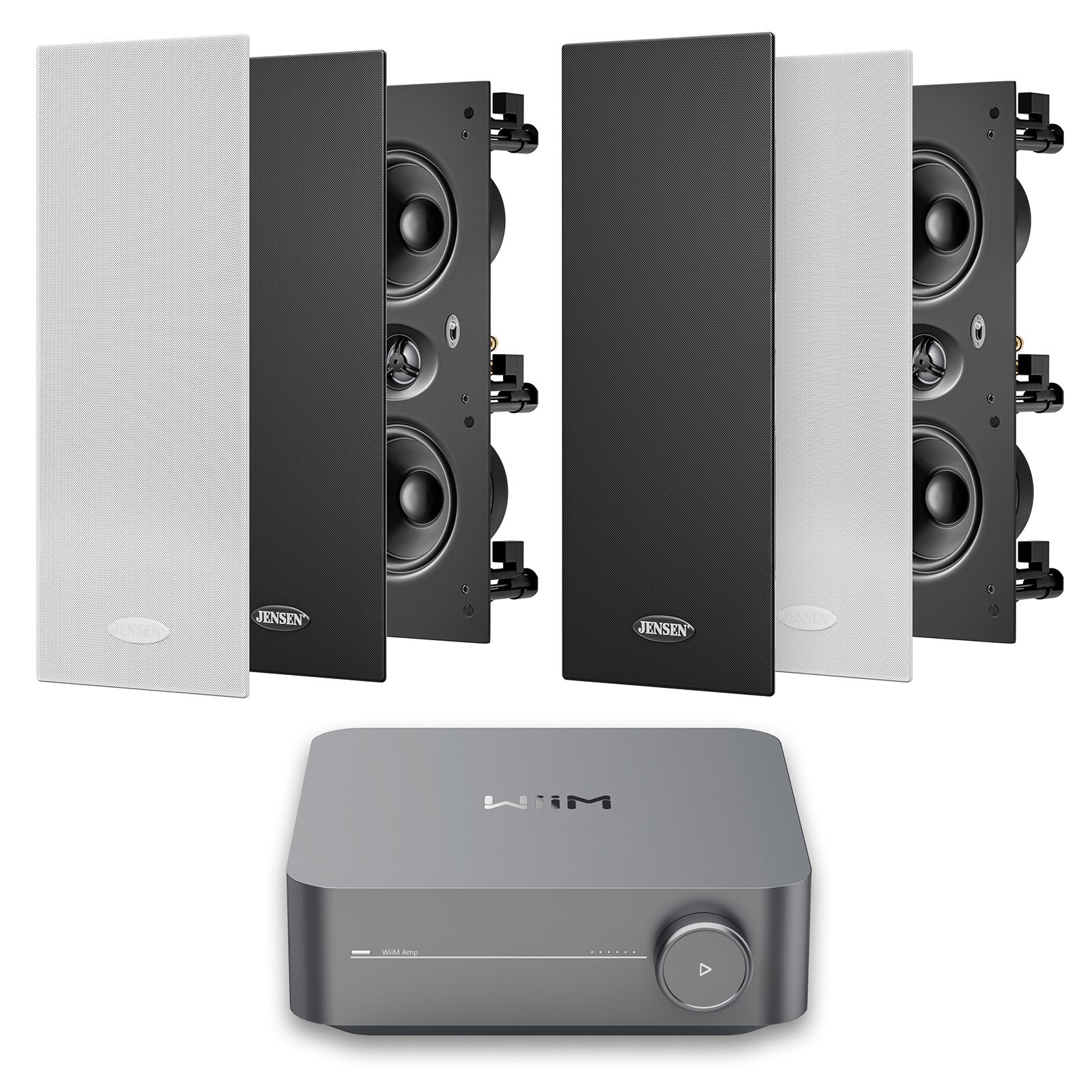HOW TO HOOK UP SPEAKER WIRE

This article will quickly show you how to hook up your speaker cabling to whichever system components you have.
You’ll learn about the two main terminal types you find.
Then you’ll discover if banana plugs are worth it, how to tell which wire should be hooked up to the positive terminal, and how to strip wires.
If you want to learn how to work out what type and amount of cabling you need, check out How much speaker wire do I need? And to cut through the snake oil with cables read Myths About Speaker Wire on the blog.
Contents
- How to hook cabling up to “spring-type” terminals
- How to hook cabling up to “screw-type” terminals
- Should I use banana plugs?
- How to tell which speaker wire is positive
- How to strip wire without a wire stripper
How to hook cabling up to “spring-type” terminals

This type of terminal is where you push a button down and, while holding it down, an opening is exposed. You put your bare speaker wire in that opening.
Then release the button to ‘spring’ the terminal back into place, locking the wire in snug.
All our Jensen in-wall and in-ceiling speakers use this type of terminal because it’s the fastest and most intuitive.
How to hook cabling up to “screw-type” terminals

These terminals are far more common, especially on AV receivers.
You will turn the terminal counterclockwise to loosen it and expose the opening. Then, slip your bare speaker wire in. Usually you have to hold the wire in place while you turn clockwise and tighten the terminal to lock the wire in place.
Should I use banana plugs?

“Banana plugs” are connectors that you can screw onto the bare wire ends of your speaker cable. They look a little cleaner and can be pushed directly into most terminals.
Banana plugs do NOT improve sound quality or reduce corrosion (which isn’t a problem in most cases).
I don’t recommend ever bothering with them on the speaker end — especially if you’re going with in-wall or in-ceiling speakers. You MIGHT want to put them on the AV receiver end to make your life a little easier. Hooking up cables at the back of the receiver can be a little annoying.
But, if you use a wall platebehind your receiver to make everything neat, connecting everything shouldn’t be too hard without them.
How to tell which speaker wire is positive

Speaker cable exists as two separate wires attached together so you can run positive and negative at once.
There is no “positive” wire… until you connect them.
You just need to make sure you connect the same wire to positive at the speaker and at the amplifier!
Speaker cables always have some kind of marking or colour difference on ONE of the two wires. Your job is to connect the marked wire to the same terminal on both sides.
This might be colour — red, white and black are common. Or it might be TEXT, like the brand of the speaker cable. Or it could be a line drawn onto the sheath of the wire.
The overwhelming standard that I’ve seen is to attach the marked (or coloured) wire to positive.
Keep to that standard for ALL connections and never swap it.
How to strip wire without a wire stripper

If you don’t already have a set of wire strippers, and you don’t plan on connecting speaker cables often… you don’t need wire strippers!
You can remove the sheath of a speaker cable and expose bare wire to connect to a speaker or amplifier using a utility knife or a pair of scissors.
(1) Take one end of the speaker cabling.
(2) Roughly one centimetre back from the end, make a full circle around the sheath with your blade (or deep in the scissors near the handle).
You don’t want to put to much pressure or go over the cut too many times, because you can cut the copper wire inside! The goal is to SCORE the sheath.
(3) Using the scissors, a set of pliers, or your fingers, pull the end of the sheath that you just scored. You may need to twist it while pulling. It should come free and expose that 1 cm of bare wire for your connections.
